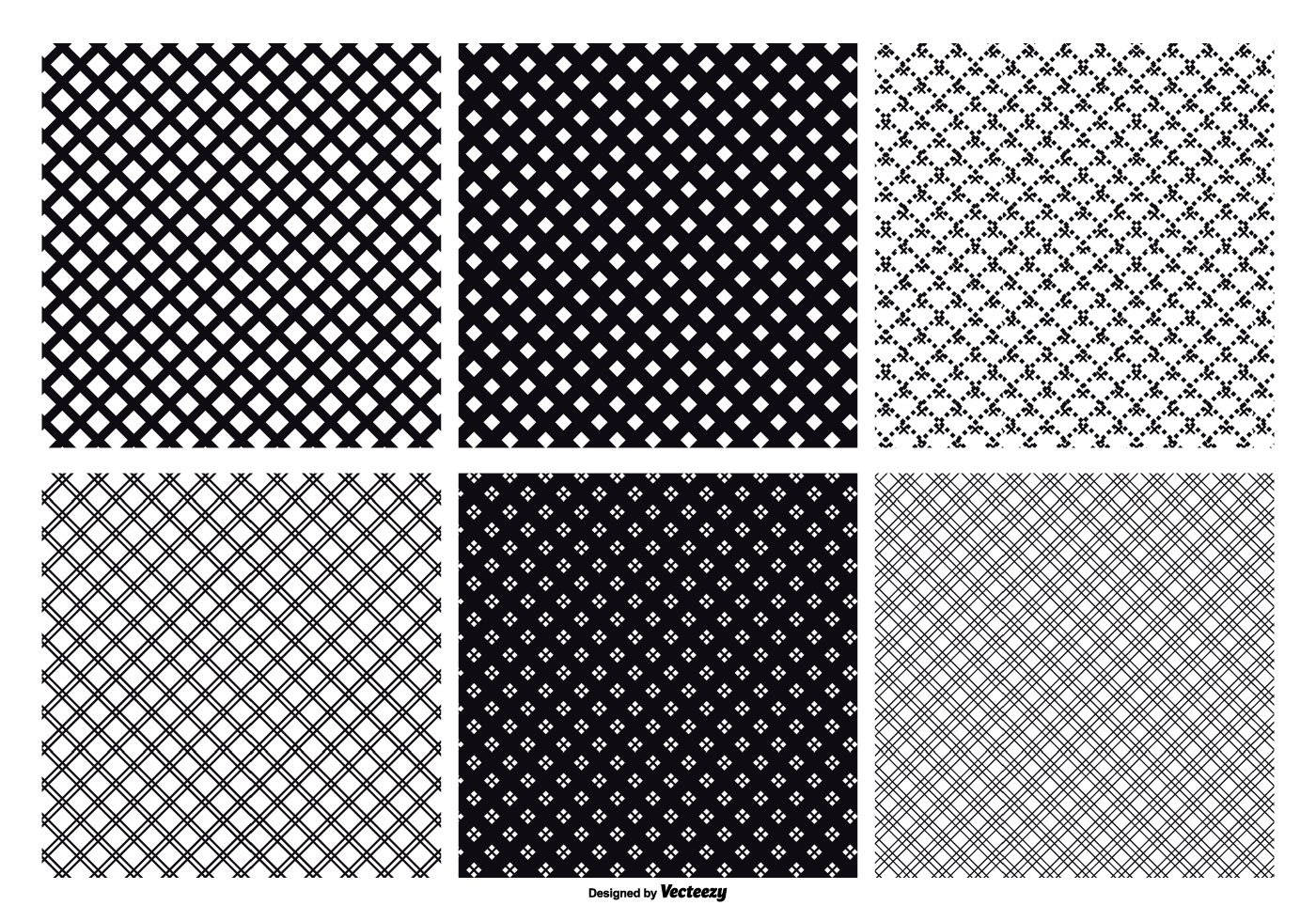
Free download crosshatching pattern - are mistaken
Free download crosshatching pattern - express gratitude

Abstract
Regular surface undulations, called cross-hatch patterns, appearing at the free surface of lattice-mismatched heteroepitaxial films are a key signature of plastic relaxation. Here we show that the dynamics of cross-hatch formation is accurately described by a continuum model based on strain-mediated surface diffusion, provided that a realistic distribution of dislocations is considered. We demonstrate quantitative agreement between our time-dependent simulations and dedicated atomic force microscopy experiments on films grown on Si(001) at various thicknesses, finally shedding light on the origin and on the dynamical behavior of a widely investigated pattern, first observed more than half a century ago.
DOI:https://doi.org/10.1103/PhysRevB.100.085307
©2019 American Physical Society
Physics Subject Headings (PhySH)
Authors & Affiliations
Fabrizio Rovaris1, Marvin H. Zoellner2, Peter Zaumseil2, Anna Marzegalli1, Luciana Di Gaspare3, Monica De Seta3, Thomas Schroeder2,*, Peter Storck4, Georg Schwalb4, Giovanni Capellini2,3, and Francesco Montalenti1,†
- 1L-NESS and Department of Materials Science, University of Milano-Bicocca, Via Roberto Cozzi 55, I-20125 Milano, Italy
- 2IHP–Leibniz-Institut für innovative Mikroelektronik, Im Technologiepark 25, 15236 Frankfurt (Oder), Germany
- 3Dipartimento di Scienze, Università di Roma Tre, Viale Guglielmo Marconi, 446, 00146 Roma, Italy
- 4Siltronic AG, Hanns-Seidel-Platz 4, 81737 München, Germany
- *Present address: Leibniz Institut für Kristallzüchtung, Max-Born-Strasse 2, 12489 Berlin, Germany.
- †francesco.montalenti@unimib.it
Article Text (Subscription Required)
References (Subscription Required)
Issue
Vol. 100, Iss. 8 — 15 August 2019

To celebrate 50 years of enduring discoveries, APS is offering 50% off APCs for any manuscript submitted in 2020, published in any of its hybrid journals: PRL, PRA, PRB, PRC, PRD, PRE, PRApplied, PRFluids, and PRMaterials. Learn More »
Access Options

COVID-19 has impacted many institutions and organizations around the world, disrupting the progress of research. Through this difficult time APS and the Physical Review editorial office are fully equipped and actively working to support researchers by continuing to carry out all editorial and peer-review functions and publish research in the journals as well as minimizing disruption to journal access.
We appreciate your continued effort and commitment to helping advance science, and allowing us to publish the best physics journals in the world. And we hope you, and your loved ones, are staying safe and healthy.
Figure 1
Cross-hatch patterns. AFM images obtained for the three sample sets A, B, and C described in the text. (a)–(c) AFM after 10 min of annealing for the 600-, 1500-, and 3000-nm samples, respectively. (d)–(f) AFM after 60 min of annealing at .
Reuse & PermissionsFigure 2
Results for an ideal array of dislocations. (a) Surface profile obtained after the annealing of the initially flat film for a.u. and a.u. The system has reached an equilibrium: the surface morphology does not evolve anymore upon further annealing. (b) Strain field () component resulting in a 600-nm-thick film relaxed by an ideal array of dislocations.
Reuse & PermissionsFigure 3
Comparison between simulations and experimental results. (a) [26] roughness evolution predicted by the simulations in solid lines and experimental results for the three sample groups A, B, and C (triangles, circles, and squares, respectively) after 10 and 60 min of annealing. The scan of the experimental surface profiles along one of the two directions for the 600- and 3000-nm samples after 60 min of annealing are reported in panels (b) and (c) and the corresponding simulated profiles are shown in panels (d) and (e).
Reuse & PermissionsFigure 4
Early stages of the surface roughness evolution for the 600-nm sample. Panels (a) and (b) show the surface profile obtained after the annealing of the initially flat film for a.u. and a.u. (c) Plot of the surface chemical potential for after the same two annealing times. (d) Strain field () calculated in the same 2000-nm region shaded in panels (a)–(c).
Reuse & PermissionsFigure 5
Influence of CMP process. AFM images of 600-nm-thick samples: (a) as-grown reference sample, (b) sample after a 60-min annealing process at , and (c) sample undertaking a gentle CMP before the same 60-min annealing process.
Reuse & Permissions
Sign up to receive regular email alerts from Physical Review B
ISSN 2469-9969 (online), 2469-9950 (print). ©2020 American Physical Society. All rights reserved. Physical Review B™ is a trademark of the American Physical Society, registered in the United States, Canada, European Union, and Japan. The APS Physics logo and Physics logo are trademarks of the American Physical Society. Information about registration may be found here. Use of the American Physical Society websites and journals implies that the user has read and agrees to our Terms and Conditions and any applicable Subscription Agreement.

0 thoughts to “Free download crosshatching pattern”